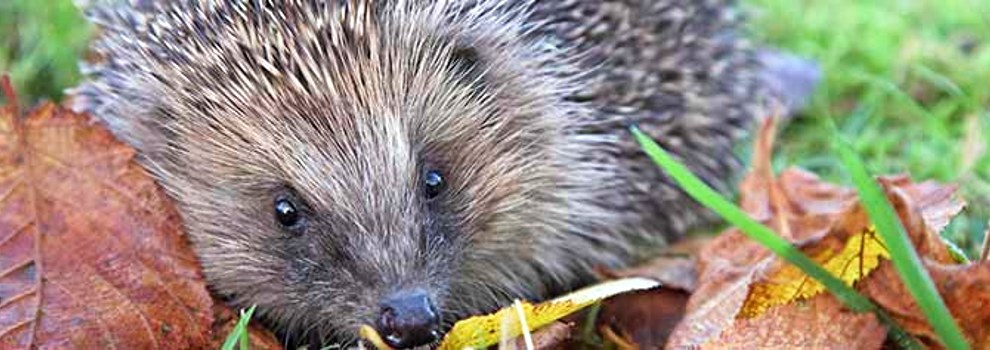- For Dog Owners
While it can be challenging to monitor your dog constantly, if you anticipate they may be interested in or consume acorns, find a safe area to walk them. Bring along a toy or treat to keep them distracted and easily recallable.
- For Farmers and Horse Owners
Ensure that food is readily available in fields with oak trees, as animals are less likely to consume dangerous substances if well-fed. Some horses may develop a taste for acorns and oak leaves, so monitor them closely. Be cautious of sycamore seedlings and “helicopter” seeds, which can be fatal to horses. If animals are eating acorns or sycamore seeds, consider moving them to a different field or fencing around the trees, as sycamore seeds can spread over 100 meters.

-
Common signs of sycamore poisoning in horses include trembling, lethargy, stiffness, sweating, difficulty breathing, and sudden death.
- If You Suspect Poisoning
If you observe signs of poisoning in an animal, move them away from the source, provide water, and consult a vet immediately. Follow the vet’s advice and never attempt to treat or medicate an animal on your own. Swift action and expert guidance are crucial.
- Ensure Pet Safety in the Dark
Just as you wear reflective clothing when walking near roads in the dark, don’t forget to do the same for your pets. Fit your dog and cat with a reflective collar, ensuring it’s a quick-release collar for cats.
- Be Cautious of Animals on Roads
With longer nights, there is an increased risk of wildlife being involved in road traffic accidents. Be cautious, especially in the early morning and evening. Report any collisions with deer to the police.
- Grey Seal Pups on the Beach
From September to December, grey seals give birth. Seal pups are born with a fluffy white coat and should not be approached or harassed by dogs or other animals, as they can bite. Scaring a seal pup into the water can lead to them being washed out to sea and lost.
- Fireworks and Bonfires
If you plan to have bonfires, build them close to the time of lighting and check for animals before lighting. This helps protect hedgehogs and other small animals. Loud fireworks can be distressing to animals; take measures to help them cope.
- Feeding Leftover Pumpkins
Animals like foxes, badgers, birds, and pet pigs and chickens enjoy leftover pumpkins. Chop them into small chunks, provide small quantities, remove uneaten portions promptly, and keep them out of reach of hedgehogs. Do not feed pumpkins with lit candles inside, as the residue can be harmful.
- Dealing with Fleas
Fleas can thrive in the autumn months due to heating, so treat your pets regularly for fleas. Use a household flea spray in your home, focusing on dark and warm spots, floors, and under furniture. Make sure to follow the instructions carefully.
- Hibernating Bats
Bats seek hibernation sites around October, with pipistrelles often roosting in buildings during winter. Remember that bats and their roosts are protected by law in the UK, so avoid disturbing or harming them.
